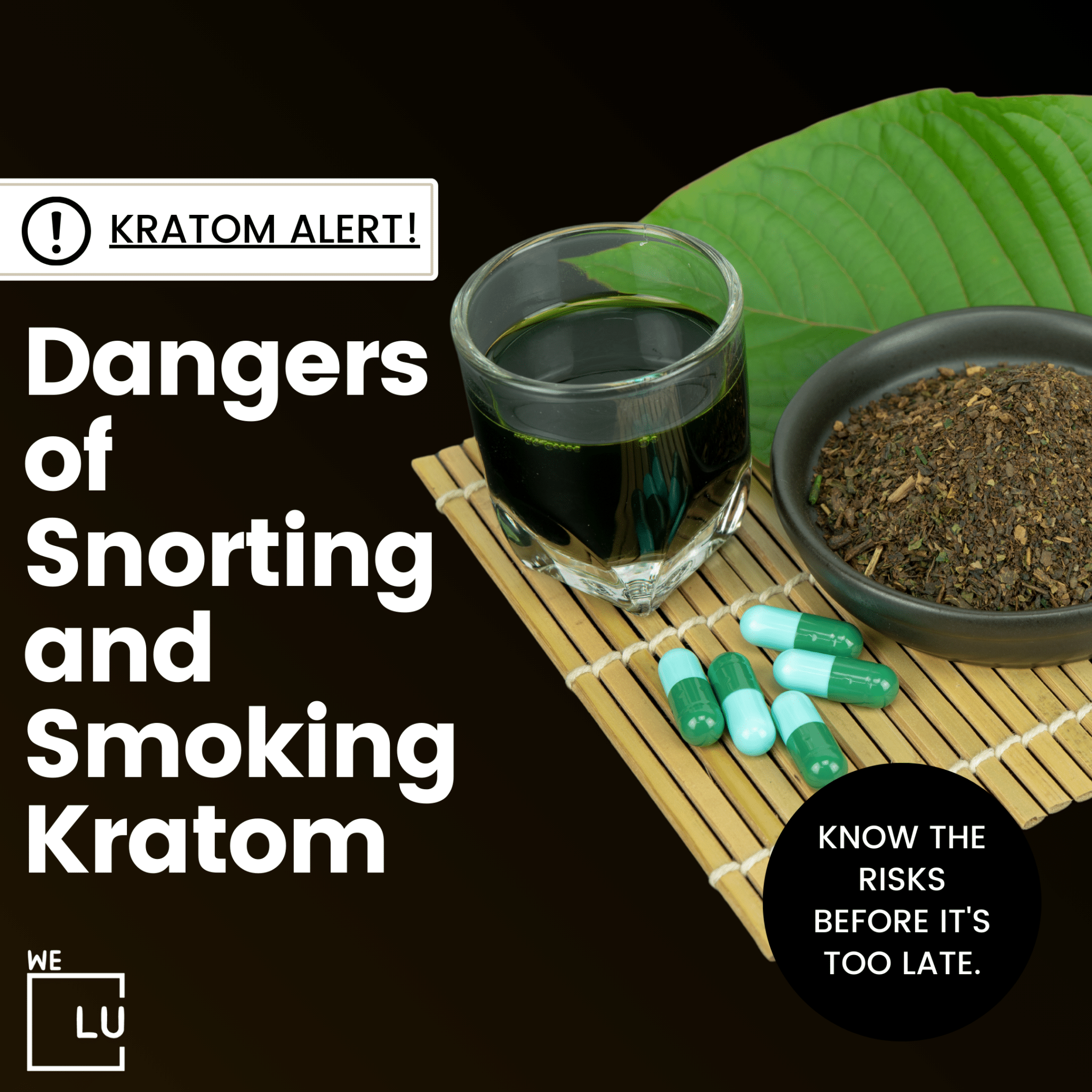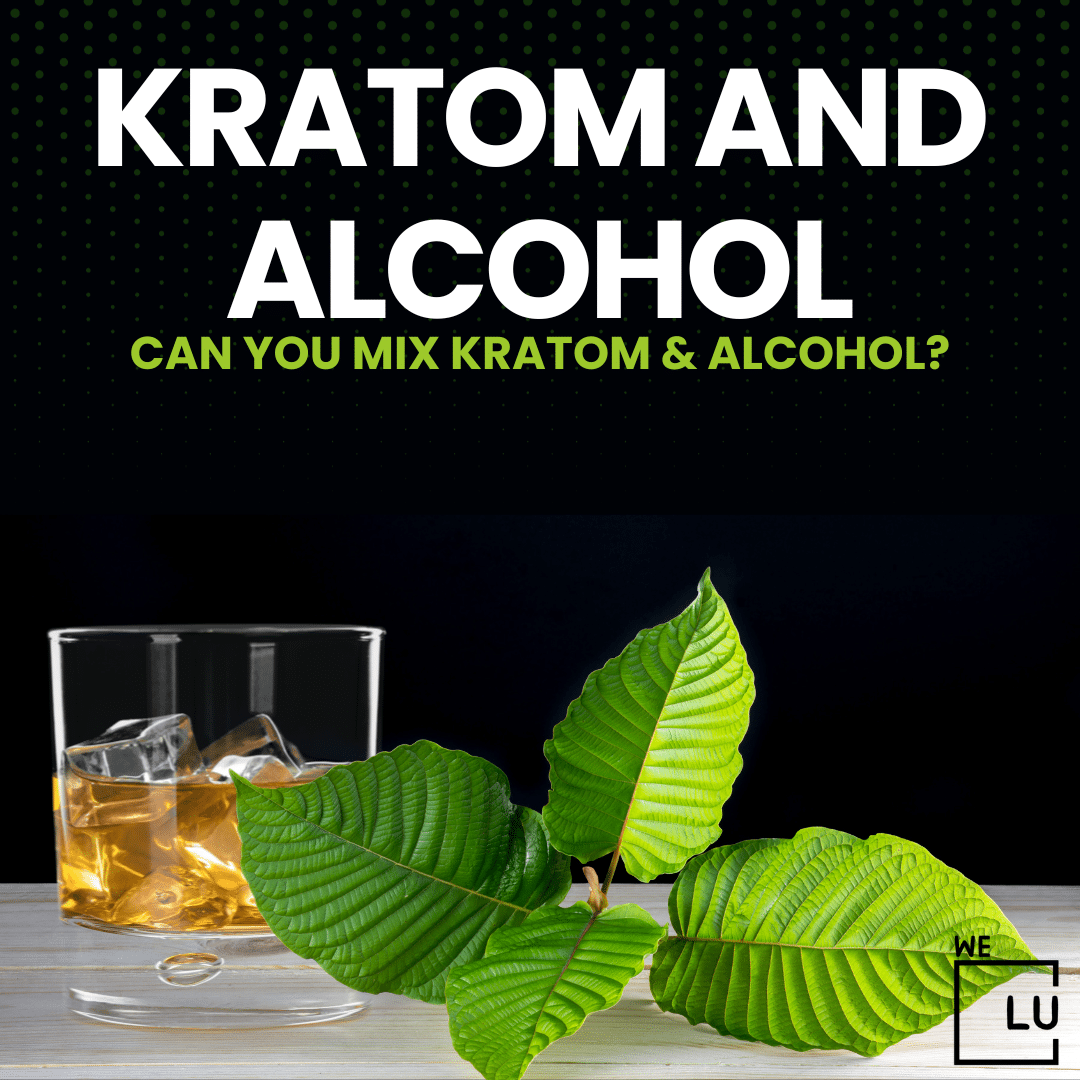Methocarbamol Vs Cyclobenzaprine
What Is Methocarbamol?
Methocarbamol is a muscle relaxant medication used to alleviate muscle spasms and discomfort. It is often prescribed as part of a comprehensive treatment plan that includes rest, physical therapy, and other measures to relieve musculoskeletal conditions. Methocarbamol is believed to work by affecting the central nervous system, specifically by depressing nerve activity and decreasing muscle tone.
This medication is commonly used to treat muscle strains, sprains, and injuries. It is not typically used as the sole treatment but rather as an adjunct to rest and physical therapy. Methocarbamol is available in oral tablet form and is usually taken several times daily, as directed by a healthcare professional.
What Is Cyclobenzaprine?
Cyclobenzaprine is a muscle relaxant medication that relieves muscle spasms and discomfort associated with acute musculoskeletal conditions, such as muscle strains and sprains. It is often prescribed as part of a treatment plan that includes rest and physical therapy.
Cyclobenzaprine works by affecting nerve impulses or signals in the brain that are involved in muscle movement. It is believed to have a calming effect on the central nervous system, leading to muscle relaxation.
This medication is typically taken orally as tablets or extended-release capsules. The dosage and duration of treatment depend on the specific condition and the individual patient’s response to the medication. Make sure to follow the prescribed dosage and instructions a healthcare professional provides.
Methocarbamol And Cyclobenzaprine Differences
Methocarbamol and cyclobenzaprine are muscle relaxants commonly used to treat musculoskeletal conditions, but they differ in their mechanisms of action, side effects, and dosing.
1. Mechanism of Action:
- Methocarbamol: Its exact mechanism of action is not well understood. However, it is believed to depress nerve activity in the spinal cord and affect the central nervous system to produce muscle relaxation.
- Cyclobenzaprine: It affects nerve impulses or signals in the brain, leading to muscle relaxation. It has a structure similar to tricyclic antidepressants and shares some of their pharmacological effects.
2. Side Effects:
- Methocarbamol: Common side effects may include drowsiness, dizziness, and lightheadedness. It tends to have fewer anticholinergic side effects compared to cyclobenzaprine.
- Cyclobenzaprine: Common side effects include drowsiness, dry mouth, and dizziness. It can have more pronounced anticholinergic effects, such as blurred vision and constipation.
3. Dosage and Administration:
- Methocarbamol: It is typically taken several times a day as oral tablets. The dosage depends on the specific condition being treated and the individual patient.
- Cyclobenzaprine: It is usually taken in tablet or extended-release capsule form. The dosage and duration of treatment depend on the specific condition and the patient’s response to the medication.
4. Interactions:
- Both medications can interact with other drugs, so inform your healthcare provider about all your medicines, supplements, and herbal products.
5. Precautions:
- Both medications may cause drowsiness and impair your ability to perform tasks that require alertness, such as driving. Avoid alcohol and certain activities until you know how these medications affect you.
While methocarbamol and cyclobenzaprine are used for muscle relaxation, the choice of which one to use depends on factors such as the specific condition being treated, individual patient characteristics, and any contraindications or interactions with other medications. Always follow your healthcare provider’s recommendations and inform them of any concerns or side effects you may experience.
| Characteristic | Robaxin (Methocarbamol) | Flexeril (Cyclobenzaprine) |
|---|---|---|
| Drug Class | Muscle relaxant, Antispasmodic | Muscle relaxant, Antispasmodic |
| Brand/Generic Status | Branded and generic versions are available | Branded and generic versions available |
| Generic Name | Methocarbamol | Cyclobenzaprine |
| Form(s) | Oral tablet, Injection | Oral tablet, Oral capsule (extended-release) |
| Standard Dosage | Initial: 1500 mg 4 times daily | Immediate-release tablets: 5 mg three times daily. The dose may be increased to 10 mg 3 times daily. Extended-release capsules: 15 mg once daily. The dose may be increased to 30 mg once daily. |
| Typical Treatment Duration | Short-term or long-term treatment as directed by your doctor | No more than 2 to 3 weeks |
| Usual Patient Population | Adults and young adults ages 16 years or older | Adults and young adults ages 15 years or older |
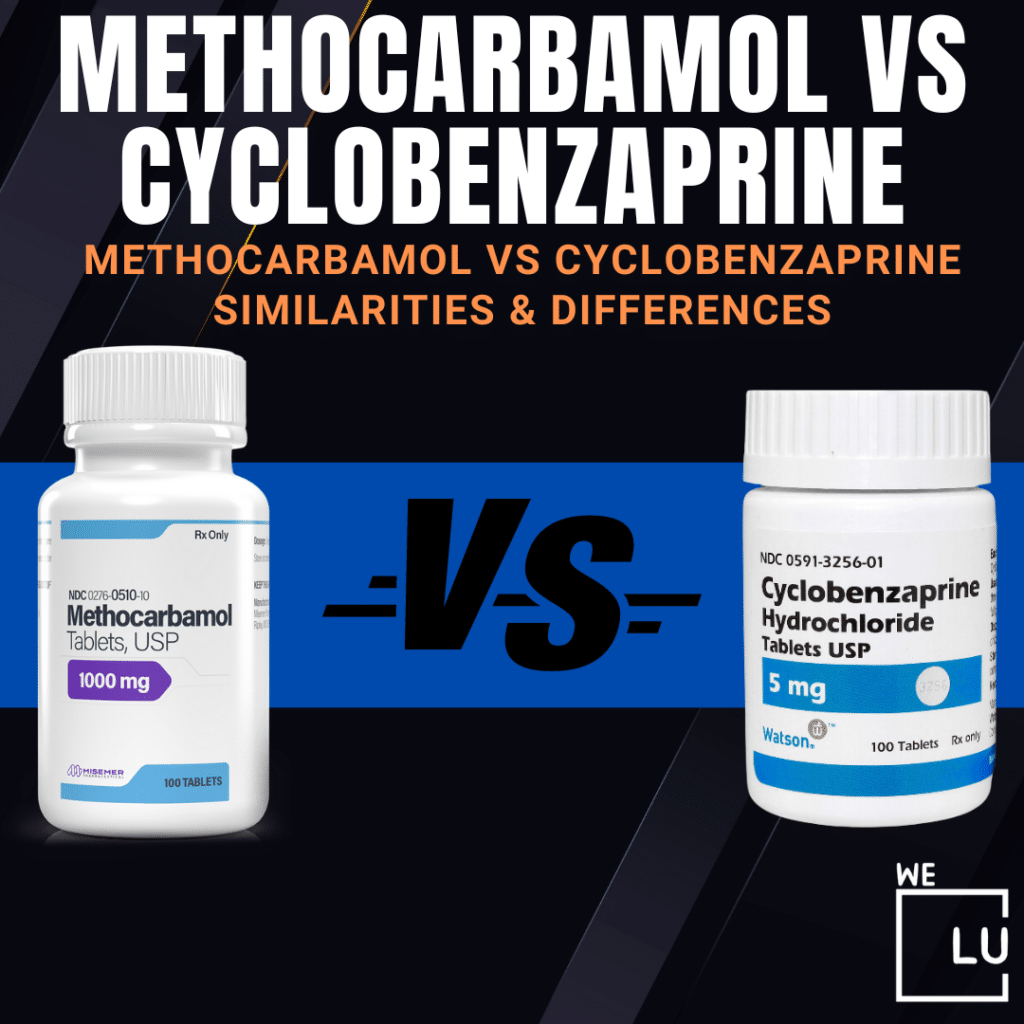
Skip To:
Learn More:
- What Do Muscle Relaxers Do? Types, Uses, and Effects.
- Muscle relaxers and alcohol, What to do, Risks, Dangers, Withdrawal, Other Interactions & Addiction
- Over-the-Counter Muscle Relaxers, Effects, Abuse, Withdrawal & Treatment
- Cyclobenzaprine Side Effects, Uses, Interaction Facts & More
- Cyclobenzaprine And Alcohol. Cyclobenzaprine Interactions
- Is Cyclobenzaprine Addictive? Cyclobenzaprine Addiction
- Diazepam (valium) addiction, Signs, Dangers, Causes, Drug Combinations, Withdrawal & Treatment
Which Is Stronger Methocarbamol Or Cyclobenzaprine?
The strength of muscle relaxants like methocarbamol (Robaxin) and cyclobenzaprine (Flexeril) can vary from person to person, and the effectiveness may depend on the specific condition being treated. These medications have different mechanisms of action, and individuals may perceive their potency differently.
In terms of dosage, it’s essential to note that the recommended doses for methocarbamol and cyclobenzaprine are not directly comparable, as they are different drugs with distinct pharmacological profiles. Dosages are determined based on the specific medication, the patient’s condition, and the healthcare provider’s judgment.
Both drugs can cause drowsiness and other side effects, so the choice between them may also depend on individual factors, such as a patient’s response to the medication and any pre-existing medical conditions.
If you’re prescribed one of these medications, follow your healthcare provider’s instructions and promptly report any concerns or side effects. They can adjust the dosage or recommend alternative treatments based on your individual needs and response to the medication.

Get Your Life Back
Find Hope & Recovery. Get Safe Comfortable Detox, Addiction Rehab & Dual Diagnosis High-Quality Care.
Hotline (855) 695-1160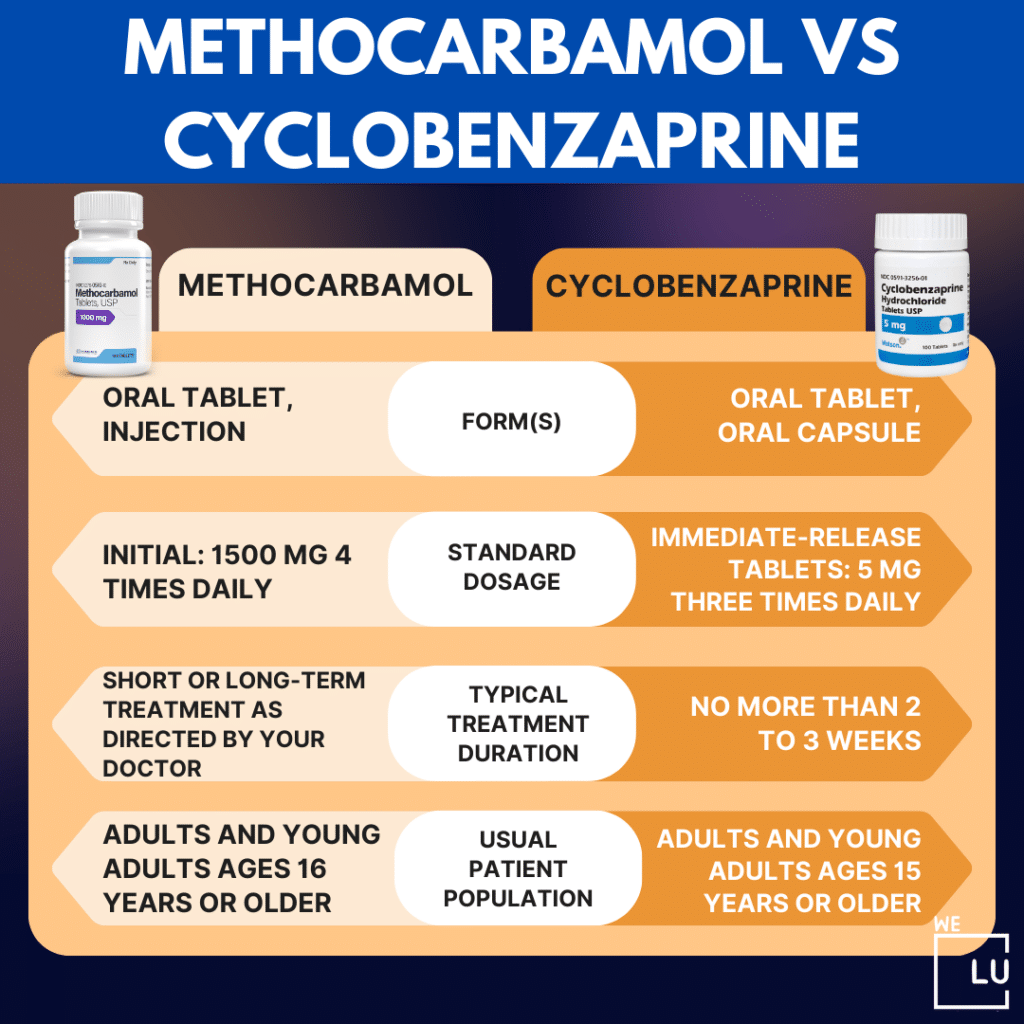
When To Use Cyclobenzaprine Or Methocarbamol?
The choice between cyclobenzaprine (Flexeril) and methocarbamol (Robaxin) often depends on the specific musculoskeletal condition being treated, individual patient characteristics, and the healthcare provider’s preferences. Here are some general guidelines on when these medications might be used:
- Cyclobenzaprine (Flexeril):
- Conditions: Cyclobenzaprine is commonly used to treat acute muscle spasms and pain associated with musculoskeletal conditions such as muscle strains and sprains.
- Duration of Use: It is generally prescribed for short-term use, typically no more than 2 to 3 weeks.
- Usual Patient Population: Adults and young adults ages 15 years or older.
- Methocarbamol (Robaxin):
- Conditions: Methocarbamol is also used to relieve muscle spasms and discomfort associated with musculoskeletal conditions, including muscle strains and sprains.
- Duration of Use: It can be used for short-term or long-term treatment as directed by a healthcare provider.
- Usual Patient Population: Adults and young adults ages 16 years or older.
Factors to Consider:
- Individual Response: The response to these medications can vary from person to person. Some individuals may find one medication more effective or tolerable than the other.
- Side Effects: Consideration of potential side effects is essential. For example, cyclobenzaprine has more pronounced anticholinergic effects, such as dry mouth and blurred vision, than methocarbamol.
- Patient Health Profile: Pre-existing medical conditions, medications, and other health factors may influence choosing these medications.
The decision to use cyclobenzaprine or methocarbamol should be made by a healthcare provider based on a thorough evaluation of the individual’s health and the specific characteristics of their condition. Always follow the prescribed dosage and instructions, and consult with your healthcare provider if you have any questions or concerns about your treatment.
Get Help. Get Better. Get Your Life Back.
Searching for an Accredited Drug and Alcohol Rehab Centers in Near You?
Even if you have failed previously and relapsed, or are in the middle of a difficult crisis, we stand ready to support you. Our trusted behavioral health specialists will not give up on you. When you feel ready or just want someone to speak to about therapy alternatives to change your life call us. Even if we cannot assist you, we will lead you to wherever you can get support. There is no obligation. Call our hotline today.
FREE Addiction Hotline – Call 24/7Effects Of Muscle Relaxers
Muscle relaxers, also known as muscle relaxants, can have various effects on the body, primarily targeting the musculoskeletal and central nervous systems. Here are some general effects:
1. Muscle Relaxation: The primary purpose of muscle relaxers is to reduce muscle spasms, tension, and stiffness. They do this by affecting the central nervous system, which can lead to a calming effect on muscle activity.
2. Sedation: Many muscle relaxants can cause drowsiness and sedation. This side effect is particularly common, and individuals are often advised not to operate heavy machinery or engage in activities that require alertness until they know how the medication affects them.
3. Central Nervous System Depression: Muscle relaxers can depress the central nervous system. This can result in a general reduction of nerve activity, leading to relaxation of both voluntary and involuntary muscles.
4. Dizziness and Lightheadedness: Some individuals may experience dizziness or lightheadedness as a side effect of muscle relaxers. This can be more pronounced when changing positions, such as standing up quickly.
5. Dry Mouth: Dry mouth is a common side effect of certain muscle relaxants, particularly those with anticholinergic properties. Anticholinergic effects can also include blurred vision and constipation.
6. Coordination Impairment: Muscle relaxers can affect coordination and motor skills, which is another reason why activities that require concentration and coordination should be approached with caution while taking these medications.
7. Potential Interactions: Muscle relaxants may interact with other medications, increasing the risk of side effects or diminishing the effectiveness of one or both drugs. Inform your healthcare providers about all medicines being taken.
8. Short-Term or Long-Term Use: Depending on the specific medication, muscle relaxers may be prescribed for short-term relief of acute muscle spasms or longer-term use in chronic conditions. The duration of use is determined by the nature of the musculoskeletal issue and the overall treatment plan.
Individuals are to follow the prescribed dosage and instructions provided by their healthcare provider and promptly report any side effects or concerns. Before using muscle relaxers, discuss the potential risks and benefits with a healthcare professional, considering the individual’s medical history and any other medications they may be taking.
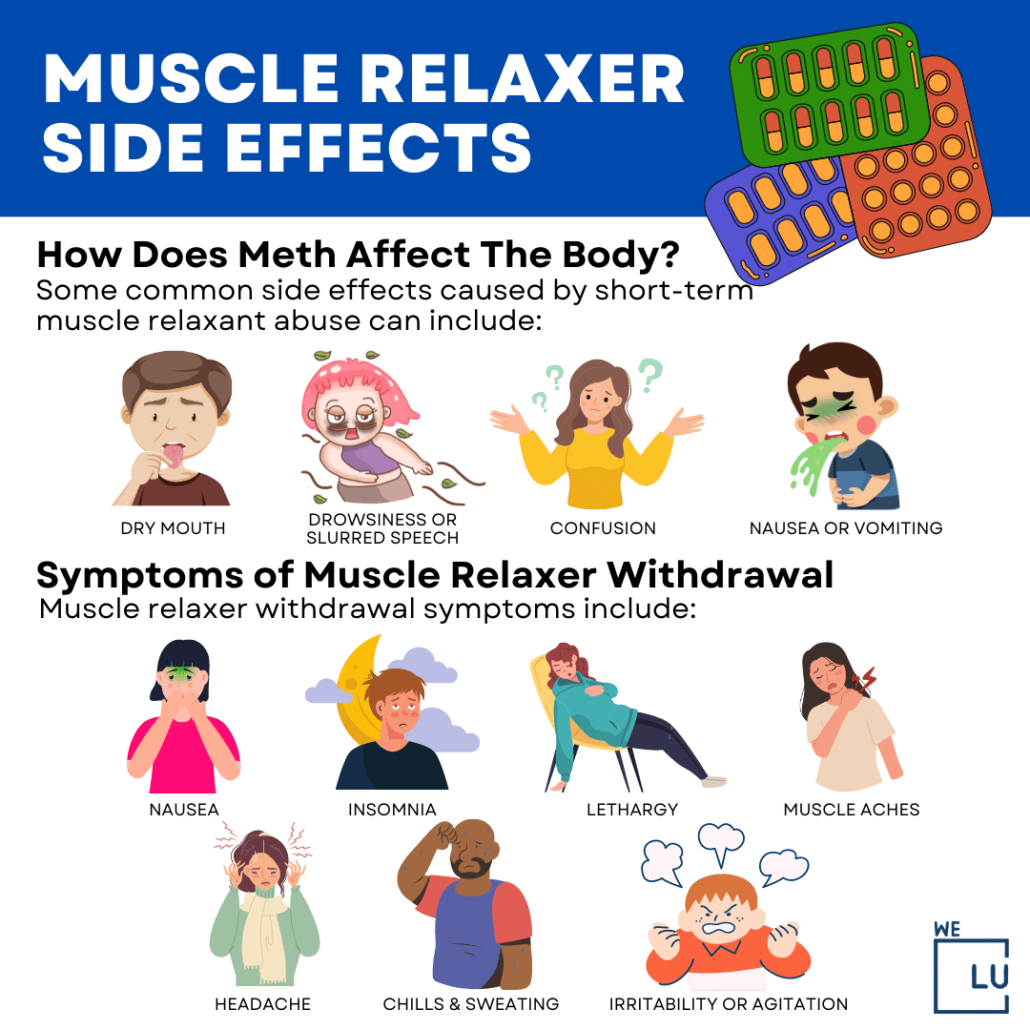
Side Effects Of Methocarbamol
Methocarbamol is a muscle relaxant used to treat muscle spasms and discomfort. Like any medication, it can cause side effects. Common side effects of methocarbamol may include:
- Drowsiness: One of the most common side effects is drowsiness or sedation. It can impair your ability to concentrate or operate machinery, so avoid activities that require alertness until you know how the medication affects you.
- Dizziness: Methocarbamol can cause dizziness, especially when standing up quickly or changing positions. Take caution to avoid falls or injuries.
- Lightheadedness: Some individuals may experience a feeling of lightheadedness while taking methocarbamol.
- Upset Stomach: Gastrointestinal symptoms such as upset stomach or nausea can occur, though this is less common.
- Blurred Vision: Methocarbamol can cause blurred vision, affecting your ability to see clearly. If this occurs, avoid activities that require sharp visual acuity.
- Headache: Headaches are a potential side effect but are generally mild.
- Flushing: Some individuals may experience flushing or a warm sensation.
- Hives or Rash: Allergic reactions can occur, and in some cases, individuals may develop hives or a rash. Seek medical attention if you experience signs of an allergic reaction.
- Low Blood Pressure: In rare cases, methocarbamol may cause a drop in blood pressure, leading to symptoms such as lightheadedness or fainting.
- Jaundice (Yellowing of the Skin or Eyes): While uncommon, there have been reports of jaundice as a side effect of methocarbamol. This may indicate a more serious reaction and should be reported to a healthcare provider.
Side Effects Of Cyclobenzaprine
Cyclobenzaprine is a muscle relaxant used to treat muscle spasms and associated discomfort. As with any medication, it can cause side effects. Common side effects of cyclobenzaprine may include:
- Drowsiness: One of the most common side effects is drowsiness or sedation. It can impair your ability to concentrate or operate machinery, so avoid activities that require alertness until you know how the medication affects you.
- Dry Mouth: Cyclobenzaprine has anticholinergic effects, which can lead to dry mouth. Staying hydrated and using sugarless gum or candy may help alleviate this symptom.
- Dizziness: Cyclobenzaprine can cause dizziness, especially when standing up quickly or changing positions. Take caution to avoid falls or injuries.
- Fatigue: Some individuals may experience fatigue or a feeling of tiredness while taking cyclobenzaprine.
- Blurred Vision: Anticholinergic effects of the medication may result in blurred vision. Avoid activities that require sharp visual acuity if you experience this side effect.
- Constipation: Cyclobenzaprine may cause constipation. Maintaining a high-fiber diet, staying hydrated, and regular exercise can help alleviate this symptom.
- Nausea: Nausea is a potential side effect, though it is generally mild for most people.
- Nervousness or Excitability: Some individuals may experience nervousness or excitability as a side effect of cyclobenzaprine.
- Headache: Headaches can occur in some individuals, though they are usually mild.
- Heart Palpitations: In rare cases, cyclobenzaprine may cause heart palpitations or an irregular heartbeat. If you experience these symptoms, seek medical attention.
Comfortable Facilities & Amenities
High-Quality Addiction & Mental Health Rehabilitation Treatment
Rehab Centers TourRenowned California Addiction Center. Serene Private Facilities. Inpatient rehab programs vary.
Addiction Helpline (855) 695-1160Proven recovery success experience, backed by a Team w/ History of:
15+
Years of Unified Experience
100s
5-Star Reviews Across Our Centers
10K
Recovery Success Stories Across Our Network
- Low Patient to Therapist Ratio
- Onsite Medical Detox Center
- Comprehensive Dual-Diagnosis Treatment
- Complimentary Family & Alumni Programs
- Coaching, Recovery & Personal Development Events

Food And Drug Interactions Of Cyclobenzaprine And Methocarbamol
Both cyclobenzaprine and methocarbamol can interact with certain foods and drugs. Be aware of these interactions to ensure safe and effective use of these medications. Always consult with your healthcare provider or pharmacist for personalized advice. Here are some general considerations:
General Recommendations
- Food: Both medications can be taken with or without food. However, if gastrointestinal upset occurs, taking them with food may help.
- Grapefruit Juice: No known interaction exists between cyclobenzaprine, methocarbamol, and grapefruit juice. However, checking with your healthcare provider is always a good idea.
- Other Medications: Inform your healthcare provider about all medications, including over-the-counter drugs, supplements, and herbal products, to check for potential interactions.
Always follow the advice of your healthcare provider regarding medication interactions, and do not hesitate to ask questions if you are unsure about any aspect of your treatment.
Cyclobenzaprine Interactions
- Alcohol: Avoid alcohol while taking cyclobenzaprine, as it can enhance the sedative effects of the medication and increase the risk of drowsiness.
- Monoamine Oxidase Inhibitors (MAOIs): Avoid concurrent use with MAOIs or within 14 days of discontinuing MAOIs, as it can lead to increased side effects.
- Serotonergic Drugs: Caution is advised when using cyclobenzaprine with other drugs that increase serotonin levels, such as selective serotonin reuptake inhibitors (SSRIs) or serotonin-norepinephrine reuptake inhibitors (SNRIs), due to the risk of serotonin syndrome.
- Central Nervous System Depressants: Concurrent use with other central nervous system depressants (e.g., benzodiazepines, opioids) may increase sedation and drowsiness.
Methocarbamol Interactions
- Alcohol: Avoid alcohol while taking methocarbamol, as it can enhance the sedative effects of the medication and increase the risk of drowsiness.
- Central Nervous System Depressants: Concurrent use with other central nervous system depressants may increase sedation and drowsiness.
- Anticholinergic Drugs: Use caution when taking methocarbamol with anticholinergic drugs, as the combination may increase the risk of anticholinergic side effects such as dry mouth and blurred vision.
- Renal Impairment: Dosage adjustments may be needed in individuals with renal impairment, and close monitoring is advised.
World-class, Accredited, 5-Star Reviewed, Effective Addiction & Mental Health Programs. Complete Behavioral Health Inpatient Rehab, Detox plus Co-occuring Disorders Therapy.
CALL (855) 695-1160End the Addiction Pain. End the Emotional Rollercoaster. Get Your Life Back. Start Drug, Alcohol & Dual Diagnosis Mental Health Treatment Now. Get Free No-obligation Guidance by Substance Abuse Specialists Who Understand Addiction & Mental Health Recovery & Know How to Help.
Warnings For Methocarbamol And Cyclobenzaprine
Warnings for Methocarbamol
- Central Nervous System (CNS) Depression: Methocarbamol can cause sedation and drowsiness. It may impair the mental and physical abilities required for driving or operating machinery. Caution should be exercised until the individual’s response to the drug is known.
- Orthostatic Hypotension: Methocarbamol may cause a drop in blood pressure, particularly when moving from a lying or sitting position to a standing one. This can result in dizziness or fainting.
- Renal Impairment: Dosage adjustment may be necessary in individuals with impaired renal function. Consult with a healthcare provider if there are concerns about kidney function.
- Hypersensitivity Reactions: Allergic reactions, though rare, can occur. Seek medical attention immediately if symptoms of a severe allergic reaction, such as rash, itching/swelling, severe dizziness, or difficulty breathing occur.
- Pregnancy and Breastfeeding: The safety of methocarbamol during pregnancy or breastfeeding has not been well studied. Consult with a healthcare provider before using this medication in these situations.
Warnings for Cyclobenzaprine
- CNS Depression: Cyclobenzaprine can cause drowsiness and impairment of physical and mental abilities. Individuals should avoid tasks requiring mental alertness or coordination until the effects of the drug are known.
- Cardiovascular Effects: Cyclobenzaprine may cause an increased heart rate and may be contraindicated in individuals with certain cardiovascular conditions. It should be used with caution in those with heart problems.
- Drug Interactions: Cyclobenzaprine can interact with other medications, including those that increase serotonin levels. Concurrent use with monoamine oxidase inhibitors (MAOIs) or within 14 days of MAOIs discontinuing is contraindicated.
- Hypersensitivity Reactions: Hypersensitivity reactions have been reported, including angioedema and anaphylaxis. Seek medical attention if allergic reactions occur.
- Pregnancy and Breastfeeding: The safety of cyclobenzaprine during pregnancy or breastfeeding has not been well studied. Consult with a healthcare provider before using this medication in these situations.
General Recommendations
- Inform your healthcare provider about all medications, supplements, and herbal products you are taking to check for potential interactions.
- Discuss any pre-existing medical conditions, including heart problems, liver disease, and kidney disease, with your healthcare provider before starting these medications.
- See medical attention immediately if you experience severe side effects or an allergic reaction.
Experience Transformative Recovery at the We Level Up California Treatment Center.
See our authentic success stories. Get inspired. Get the help you deserve.



Start a New Life
Begin with a free call to an addiction & behavioral health treatment advisor. Learn more about our dual-diagnosis programs. The We Level Up treatment center network delivers recovery programs that vary by each treatment facility. Call to learn more.
- Personalized Care
- Caring Accountable Staff
- World-class Amenities
- Licensed & Accredited
- Renowned w/ 100s 5-Star Reviews
We’ll Call You
Muscle Relaxers Cyclobenzaprine, Soma, Baclofen, their Side Effects, Warnings, Types & Risks
Search We Level Up CA Methocarbamol Vs Cyclobenzaprine Drug & Alcohol Rehab / Detox & Mental Health Topics & Resources
Sources
- Khan I, Kahwaji CI. Cyclobenzaprine. [Updated 2023 Aug 28]. In: StatPearls [Internet]. Treasure Island (FL): StatPearls Publishing; 2023 Jan-. Available from: https://www.ncbi.nlm.nih.gov/books/NBK513362/
- Medline Plus – Cyclobenzaprine – https://medlineplus.gov/druginfo/meds/a682514.html
- FDA Access Data – Flexeril (Cyclobenzaprine) – https://www.accessdata.fda.gov/drugsatfda_docs/label/2003/017821s045lbl.pdf
- DEA – Cyclobenzaprine – https://www.deadiversion.usdoj.gov/drug_chem_info/cyclobenzaprine.pdf
- Sibrack J, Hammer R. Methocarbamol. [Updated 2022 Nov 14]. In: StatPearls [Internet]. Treasure Island (FL): StatPearls Publishing; 2023 Jan-. Available from: https://www.ncbi.nlm.nih.gov/books/NBK565868/
- Medline Plus – Methocarbamol – https://medlineplus.gov/druginfo/meds/a682579.html
- See S, Ginzburg R. Choosing a skeletal muscle relaxant. Am Fam Physician. 2008 Aug 1;78(3):365-70. PMID: 18711953. Related Reading: methocarbamol vs cyclobenzaprine, cyclobenzaprine vs methocarbamol, methocarbamol and cyclobenzaprine, cyclobenzaprine and methocarbamol, cyclobenzaprine or methocarbamol, methocarbamol or cyclobenzaprine,
- Vučković, S., et al. (2018). Cannabinoids and pain: New insights from old molecules. https://www.ncbi.nlm.nih.gov/pmc/articles/PMC6277878/
- Witenko, C., et al. (2014). Considerations for the appropriate use of skeletal muscle relaxants for the management of acute low back pain. https://www.ncbi.nlm.nih.gov/pmc/articles/PMC4103716/ methocarbamol vs cyclobenzaprine, cyclobenzaprine vs methocarbamol, methocarbamol and cyclobenzaprine, cyclobenzaprine and methocarbamol, cyclobenzaprine or methocarbamol, methocarbamol or cyclobenzaprine,
- Borenstein DG, Korn S. Efficacy of a low-dose regimen of cyclobenzaprine hydrochloride in acute skeletal muscle spasm: results of two placebo-controlled trials. Clin Ther. 2003 Apr;25(4):1056-73. doi: 10.1016/s0149-2918(03)80067-x. PMID: 12809957.



